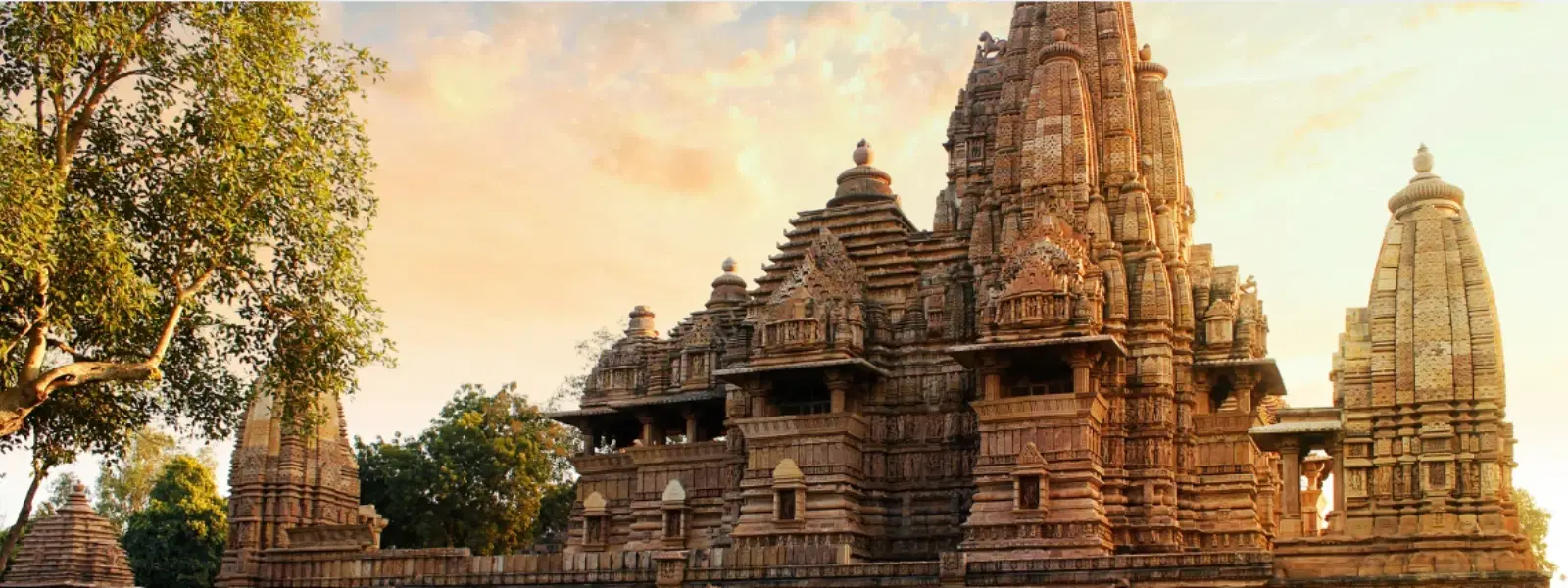
Hotels
•03 min read

Brahmeswara Temple stands as a timeless symbol of Odisha's rich cultural tapestry, echoing the ancient traditions and innovations of its era. Nestled in Bhubaneswar, the Temple City of India, this architectural marvel is celebrated for its magnificent fusion of history, art, and spirituality. Ever wondered how ancient engineering marvels continue to inspire modern architecture in India? In this blog post, we unravel frequently asked questions about the temple, shedding light on its 9th-century origins, its distinctive Kalinga architecture style, intricate carvings, and spiritual importance that continues to attract both devotees and curious travelers.
Constructed during the 9th century under the Somavamsi dynasty (as confirmed by recent archaeological studies), the Brahmeswara Temple is one of the earliest monuments to showcase the ingenious use of iron beams in its structure. This not only highlights the advanced engineering skills of its time but also marks a significant evolution in temple construction. The temple's design and materials speak to a period of innovation that enriched the architectural landscape of ancient temples in Bhubaneswar.
Brahmeswara Temple has long been associated with tantric rituals, playing a crucial role in shaping religious practices within Odisha. Its aura and mystique have drawn scholars and spiritual seekers alike, making it a key site in the exploration of tantric traditions that have woven through the fabric of regional spirituality.
Within the temple walls, ancient inscriptions offer invaluable clues to its historical timeline and cultural context. These engravings provide scholars with insights into the socio-religious dynamics of the period and help date the temple accurately, further cementing its status as a treasure trove of historical knowledge.
Brahmeswara Temple is a prime example of the Kalinga architecture style. Its towering spire, also known as the rekha deul, stands tall as a testament to religious devotion. Intricate carvings further enhance its beauty, showcasing the ingenuity and aesthetic sensibilities of its creators.

A closer look at the temple reveals a rich tapestry of stone carvings that depict deities, floral motifs, and mythological narratives. These sculptures are emblematic of the refined expression of Odisha temple art and sculpture. The artistry is both delicate and robust, inviting visitors to appreciate the minutiae of ancient craftsmanship.
Did You Know? Brahmeswara Temple is one of the first temples in Odisha to use iron beams in its construction, showcasing the advanced engineering skills of the Somavamsi dynasty.
Dedicated to Lord Shiva, Brahmeswara Temple serves as a spiritual hub that has played a vital role in Hindu rituals and mythology for centuries. Its reverberations of devotional chants and the silence of contemplation create a sacred ambiance, drawing spiritual seekers from across the region. Imagine standing before these timeless carvings, feeling the spiritual energy that has resonated through centuries.
The cultural influence of Brahmeswara Temple extends to the legacy of the Devadasi tradition and the preservation of Odisha's cultural heritage. As one of the heritage temples of Odisha, it significantly contributes to Bhubaneswar temple tourism by offering insights into traditional practices and celebrating regional art forms. This temple, with its deep-rooted history, reinforces the spiritual identity of the region.
For travelers planning to explore this historic monument, Brahmeswara Temple is easily accessible in Bhubaneswar. Visitors can plan their itinerary around the temple's opening hours and complement their visit by exploring nearby attractions like the Mukteshwar Temple and other renowned heritage temples. This region invites both the wanderer seeking adventure and the planner in search of a well-curated cultural immersion.

In recent times, significant conservation efforts have been initiated to preserve the architectural and cultural legacy of the Brahmeswara Temple. These efforts ensure that the temple continues to be a beacon of history and art for future generations, maintaining its pristine beauty and spiritual sanctity.
Brahmeswara Temple was constructed in the 9th century under the Somavamsi dynasty (as confirmed by recent archaeological studies) and is known for its association with tantric rituals and the Devadasi tradition.
The temple showcases the Kalinga architecture style, with a towering spire (rekha deul), intricate carvings, and the innovative use of iron beams.
Dedicated to Lord Shiva, the temple plays a vital role in Hindu rituals, mythology, and spiritual practices in Odisha.
Brahmeswara Temple is located in Bhubaneswar, Odisha, often referred to as the "Temple City of India."
Nearby attractions include Mukteshwar Temple, Rajarani Temple, and other heritage temples in Bhubaneswar, making it a hub for temple tourism.
In summary, Brahmeswara Temple encapsulates the timeless allure of Odisha's heritage through its profound historical roots, innovative architectural design, and enduring spiritual presence. For those captivated by ancient temples, intricate Odisha temple art and sculpture, or the vibrant allure of Bhubaneswar temple tourism, this monument remains an essential destination, offering inspiration and a deep connection to India's cultural legacy.